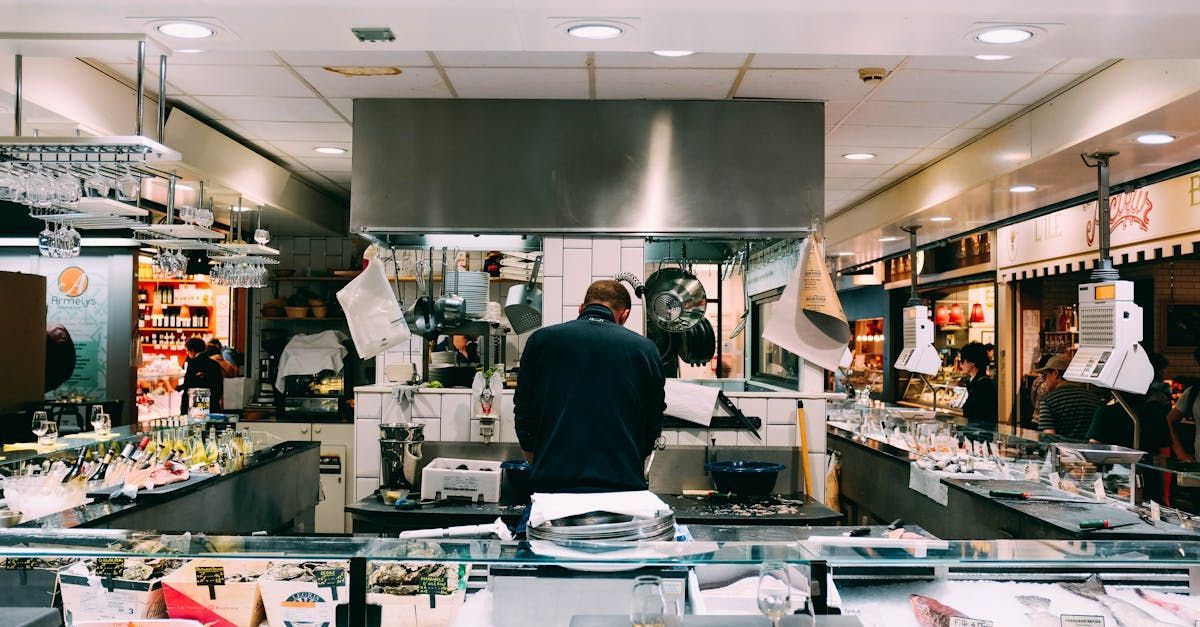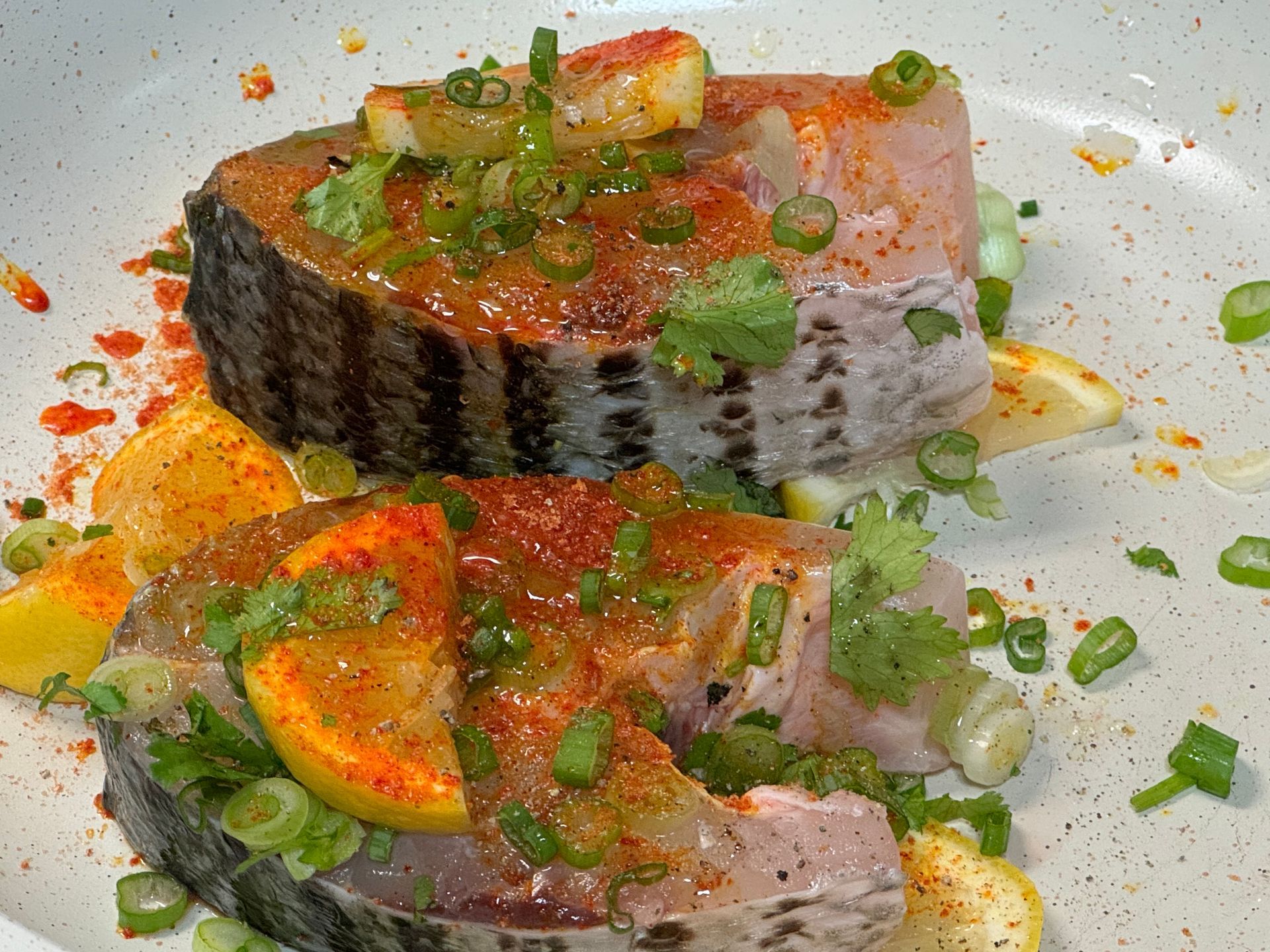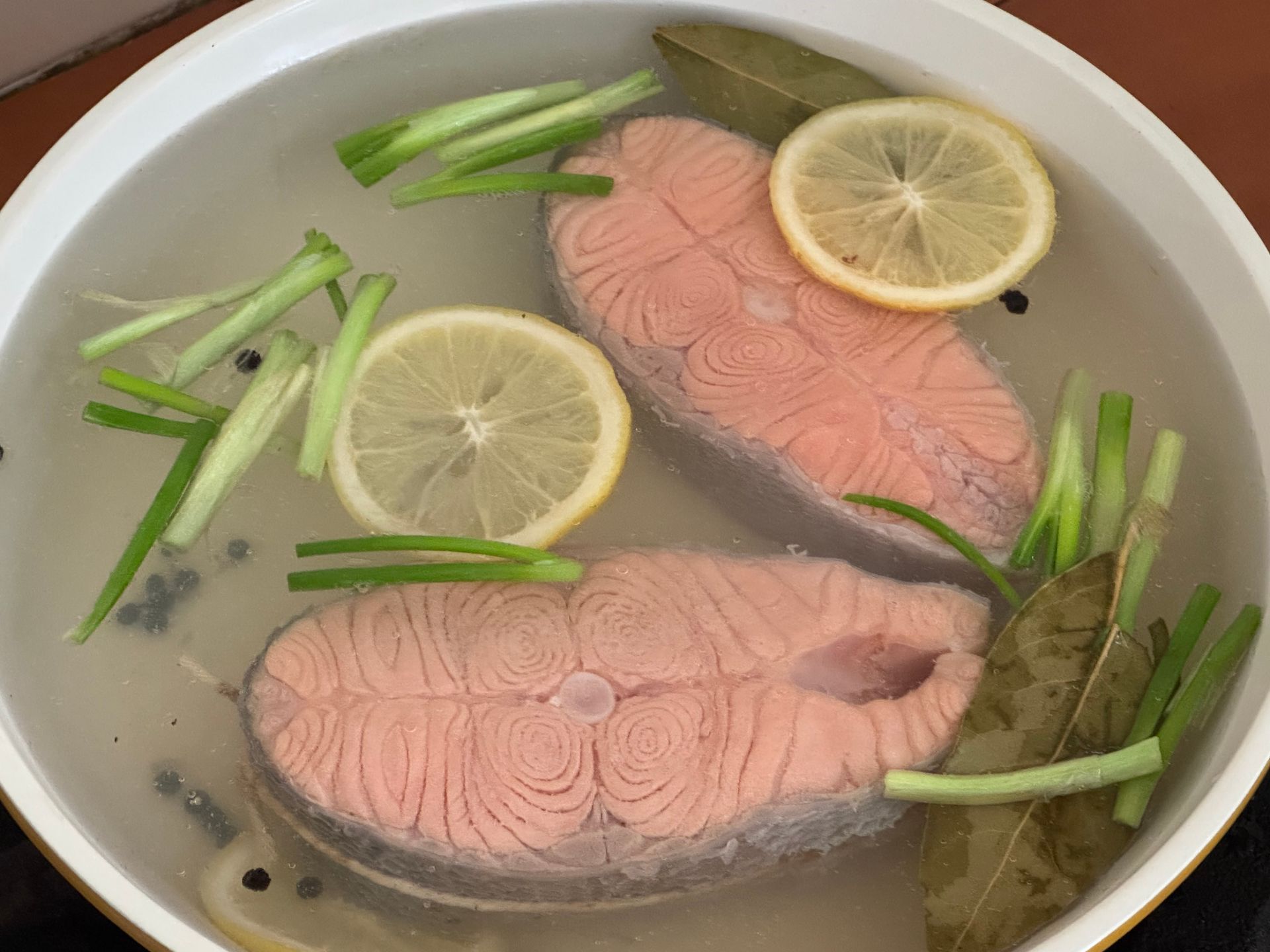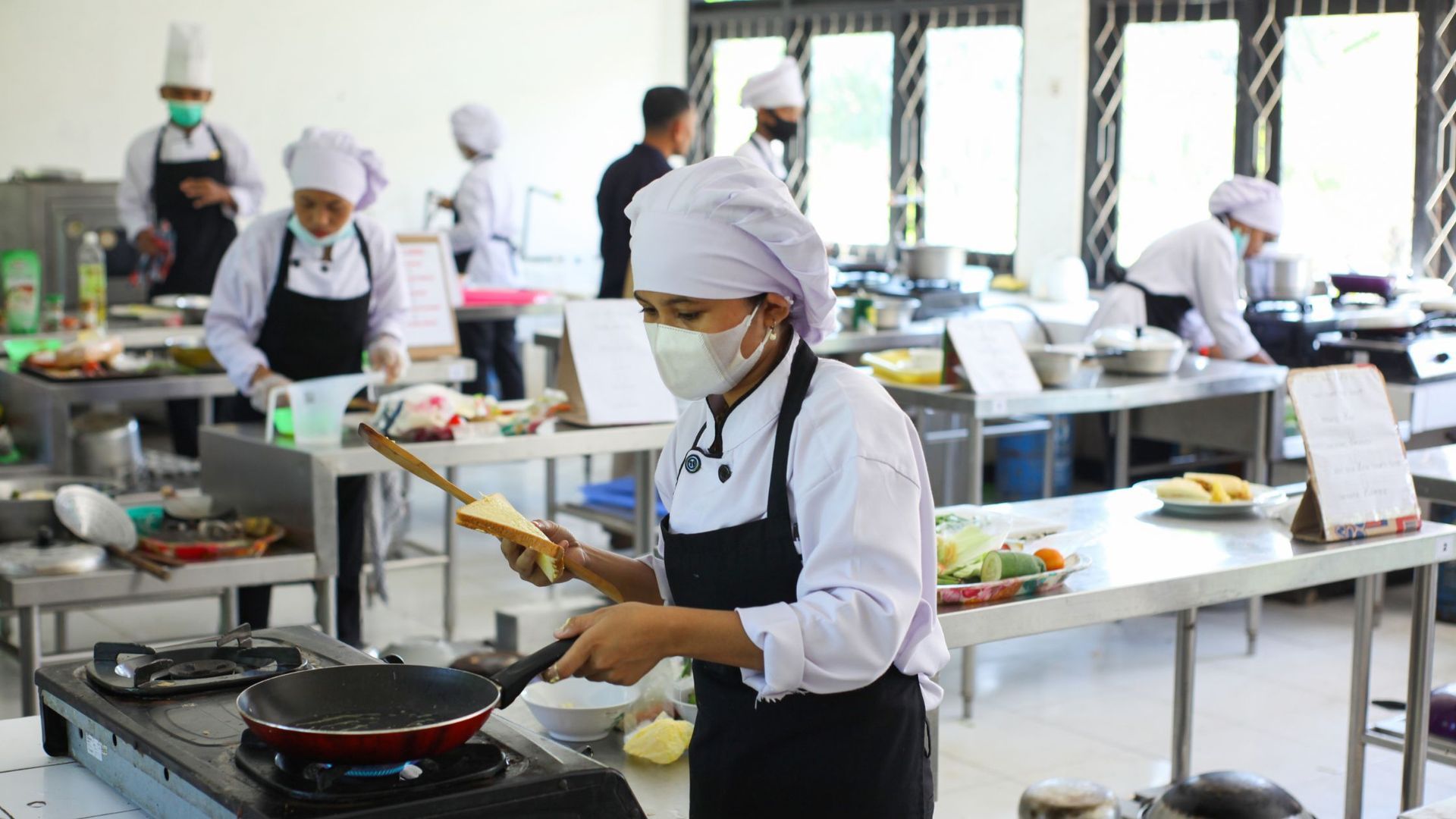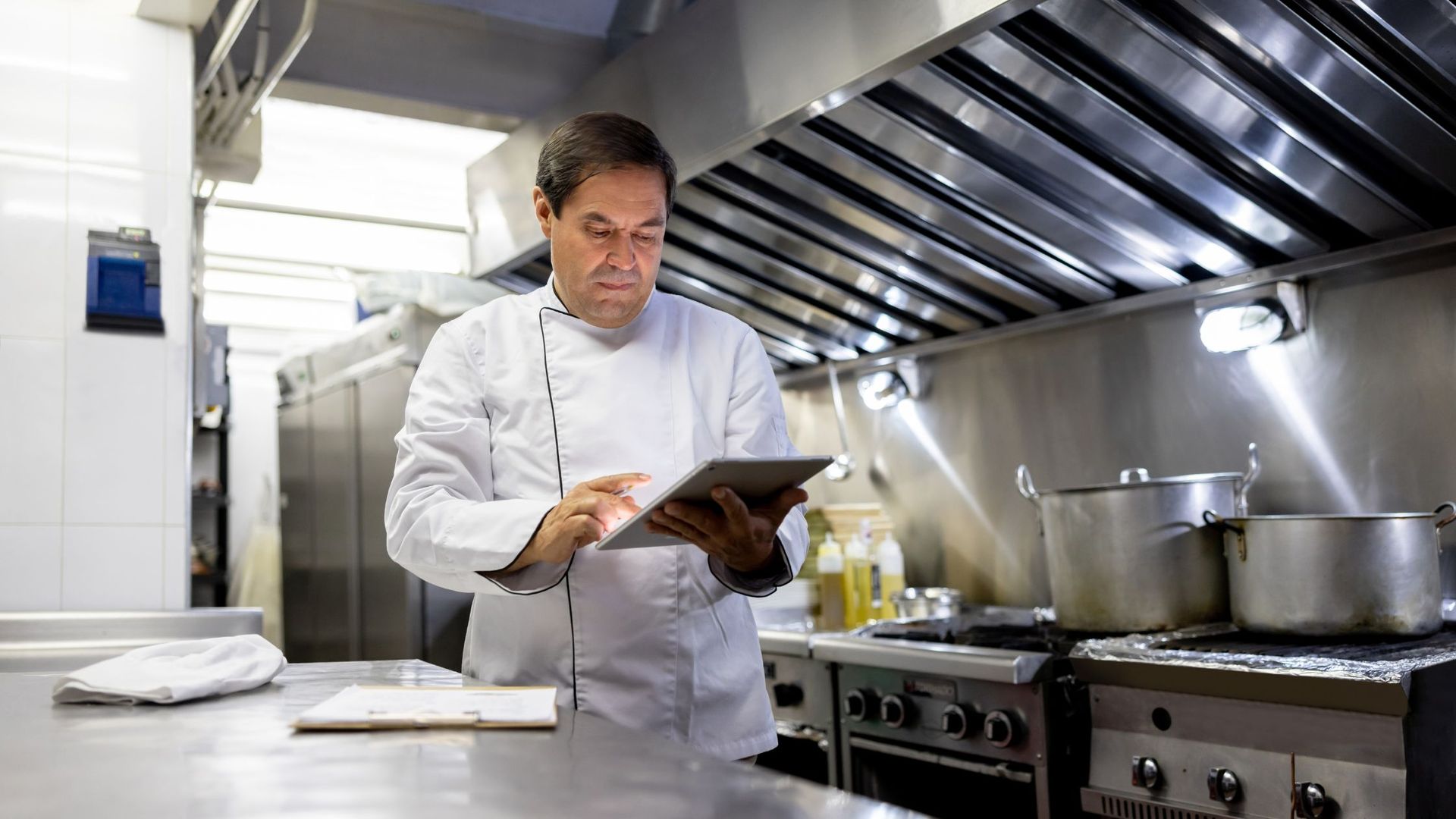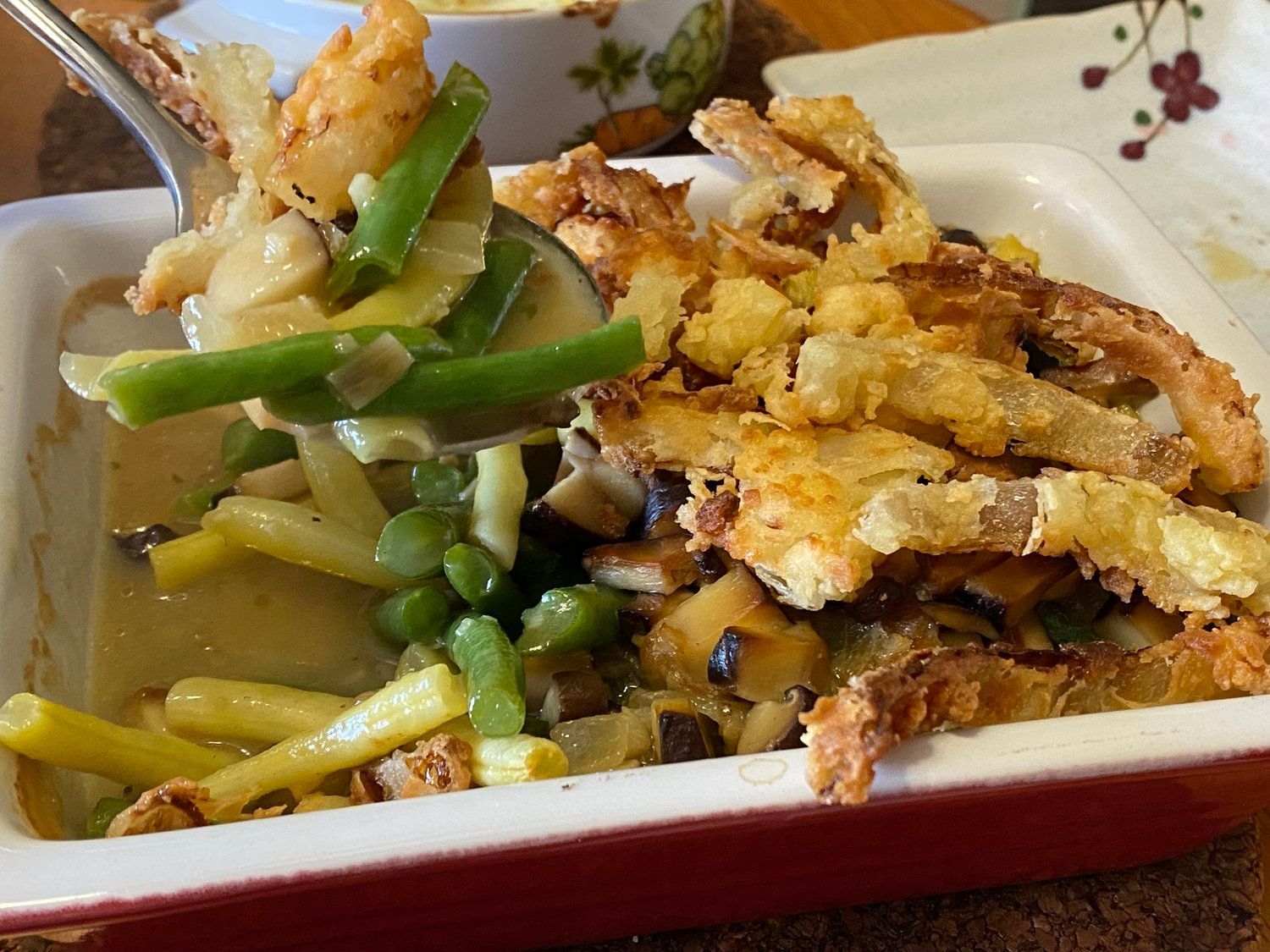
When I joined Campbell's, I had never heard of Green Bean Casserole; I'm not sure too many chefs purchase cans of beans, soup etc... when they are preparing a special meal.
After having the privilege of meeting Dorcas Reilly & learning her story of developing green bean casserole, I became a big fan. BUT...
We like to make GBC with fresh beans, homemade mushroom sauce, shiitake mushrooms and crispy, fried shallots. Absolutely delicious (and not so healthy)
Green Bean Casserole
Cooking green beans is one of the more challenging green vegetables. I use an abundance of boiling, salted water so that the beans are tender & still have a nice green color.
Prep Time: 3o min
Cooking Time: 30 min (grilling/ resting)
Ingredients
Yield: 10 portions
1 lb. Fresh green beans
.5 lb. Fresh wax beans (optional)
.5 lb. Shiitake mushrooms
.5 lb. Oyster mushrooms
3 oz. Butter
2 oz. AP Flour
1 1/2 Cups Chicken stock
1 oz Cepes, dried
1 Cup Heavy cream
1 Cup Shallots
1 Cup AP Flour to fry shallots
1 qt Olive oil to fry shallots
How to prepare Green Bean Casserole
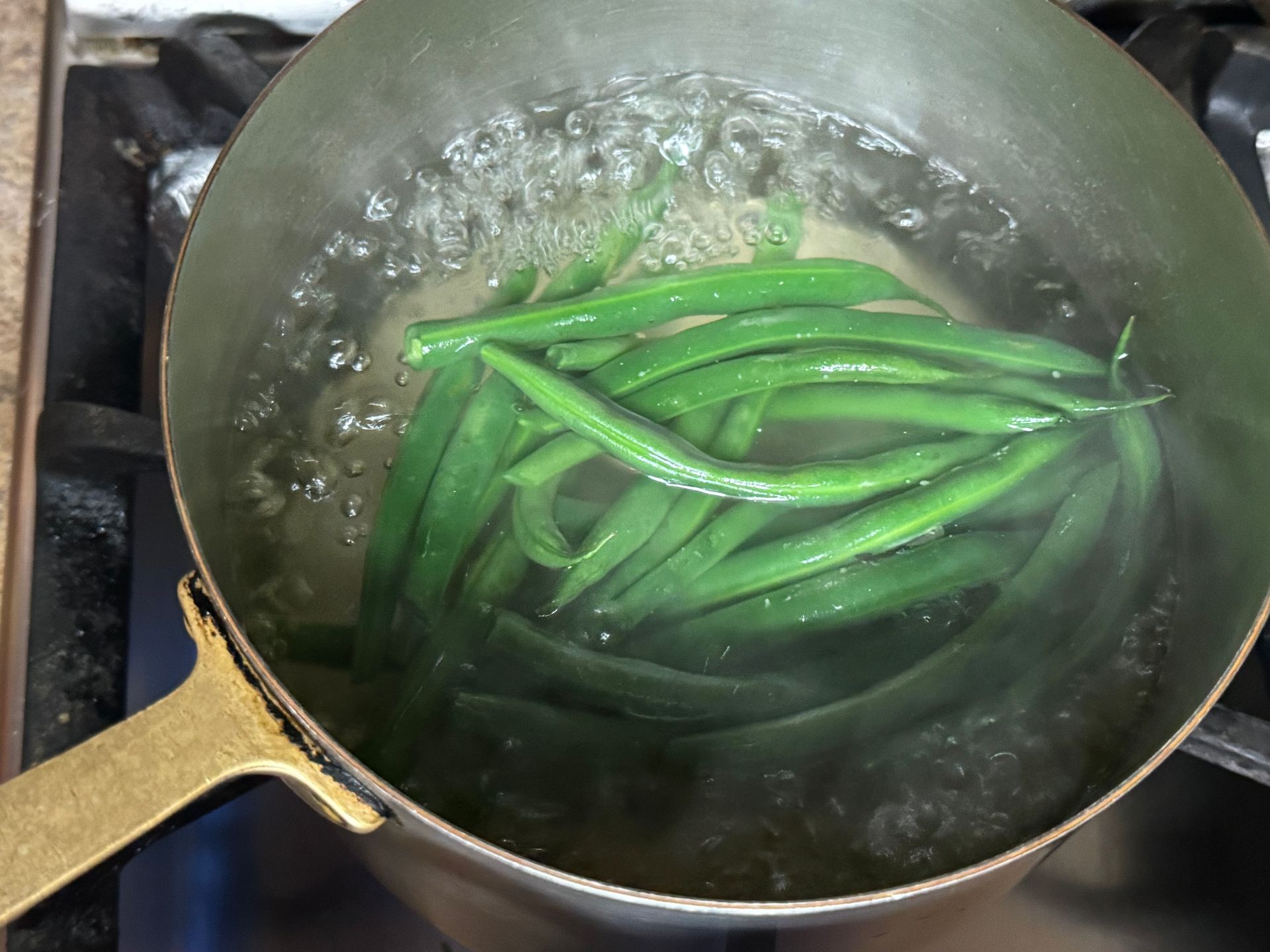
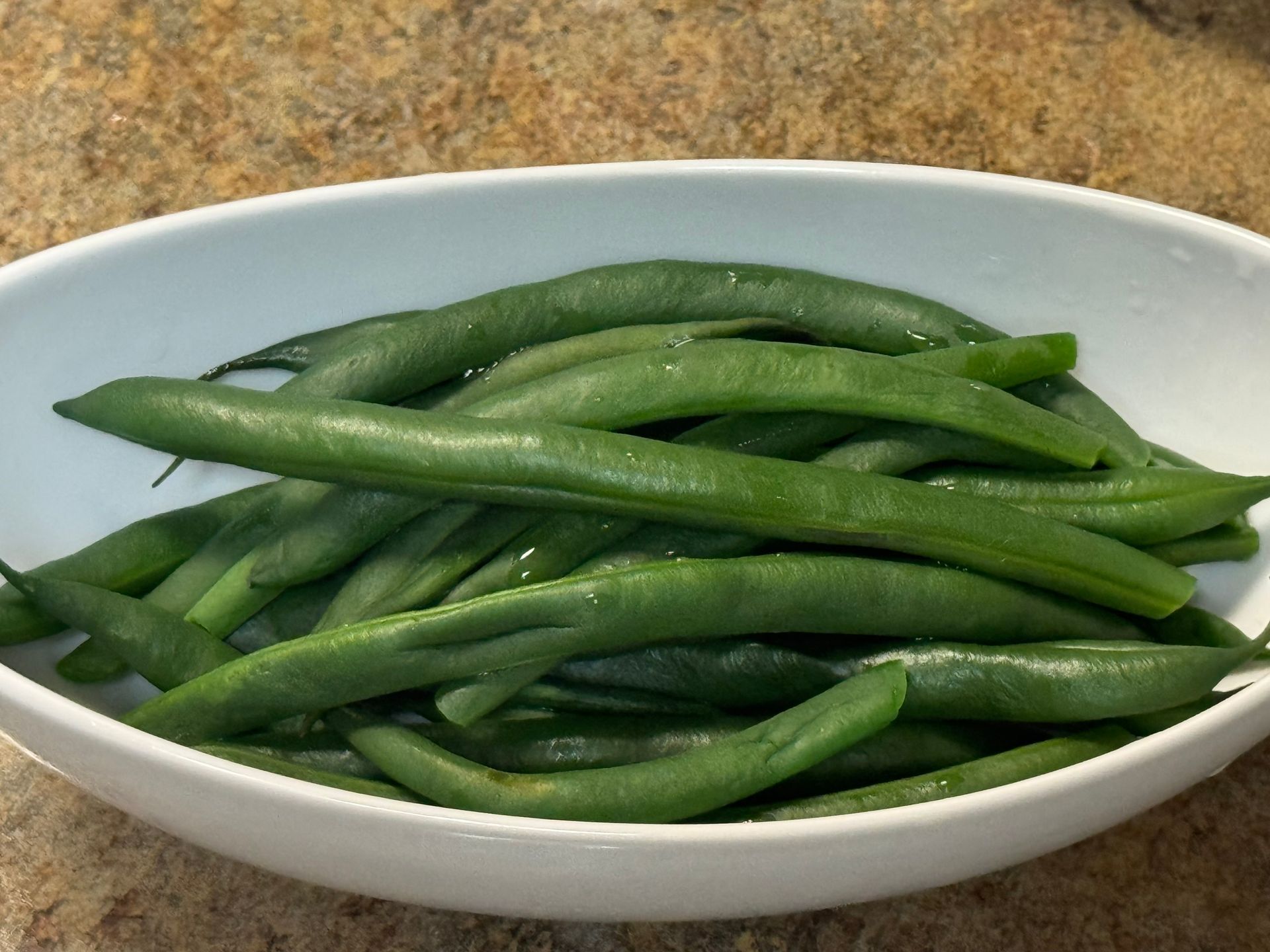
Step 1 Cooking the beans
Boil the beans in salted, boiling water, when the beans are tender (about 6 minutes), shock in ice water and drain. Reserve. You can certainly enjoy the green beans now.
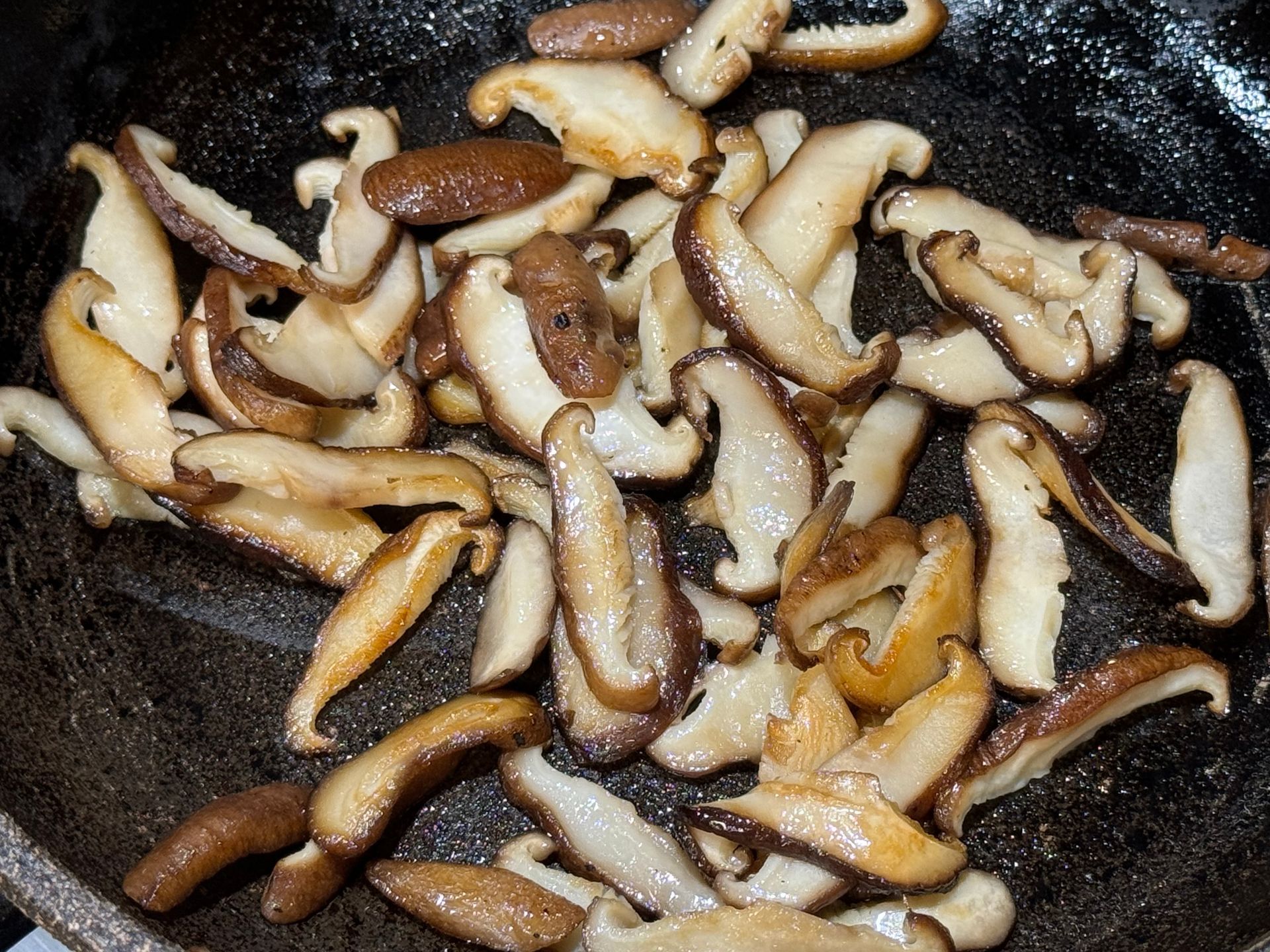
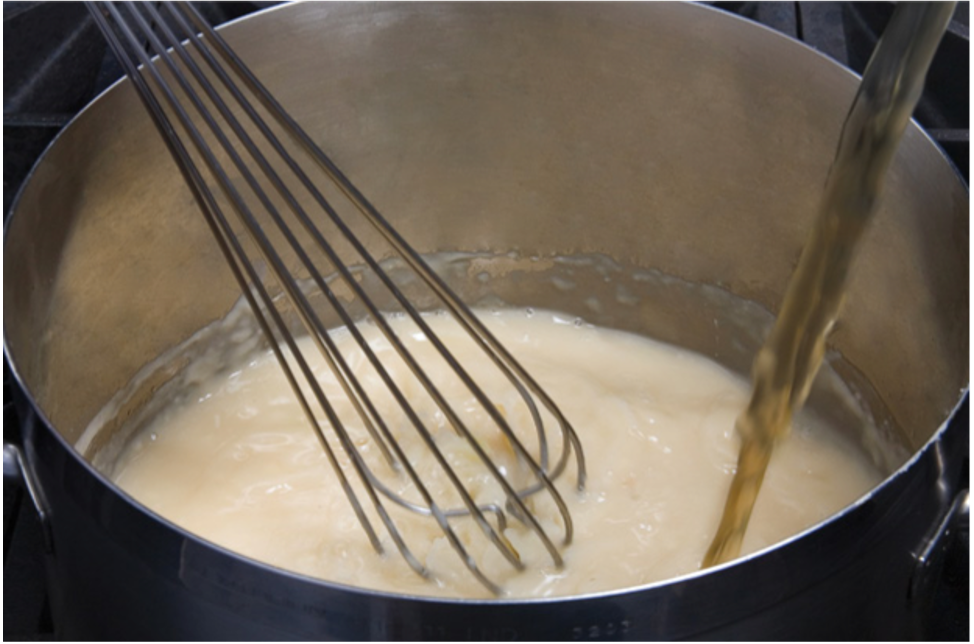
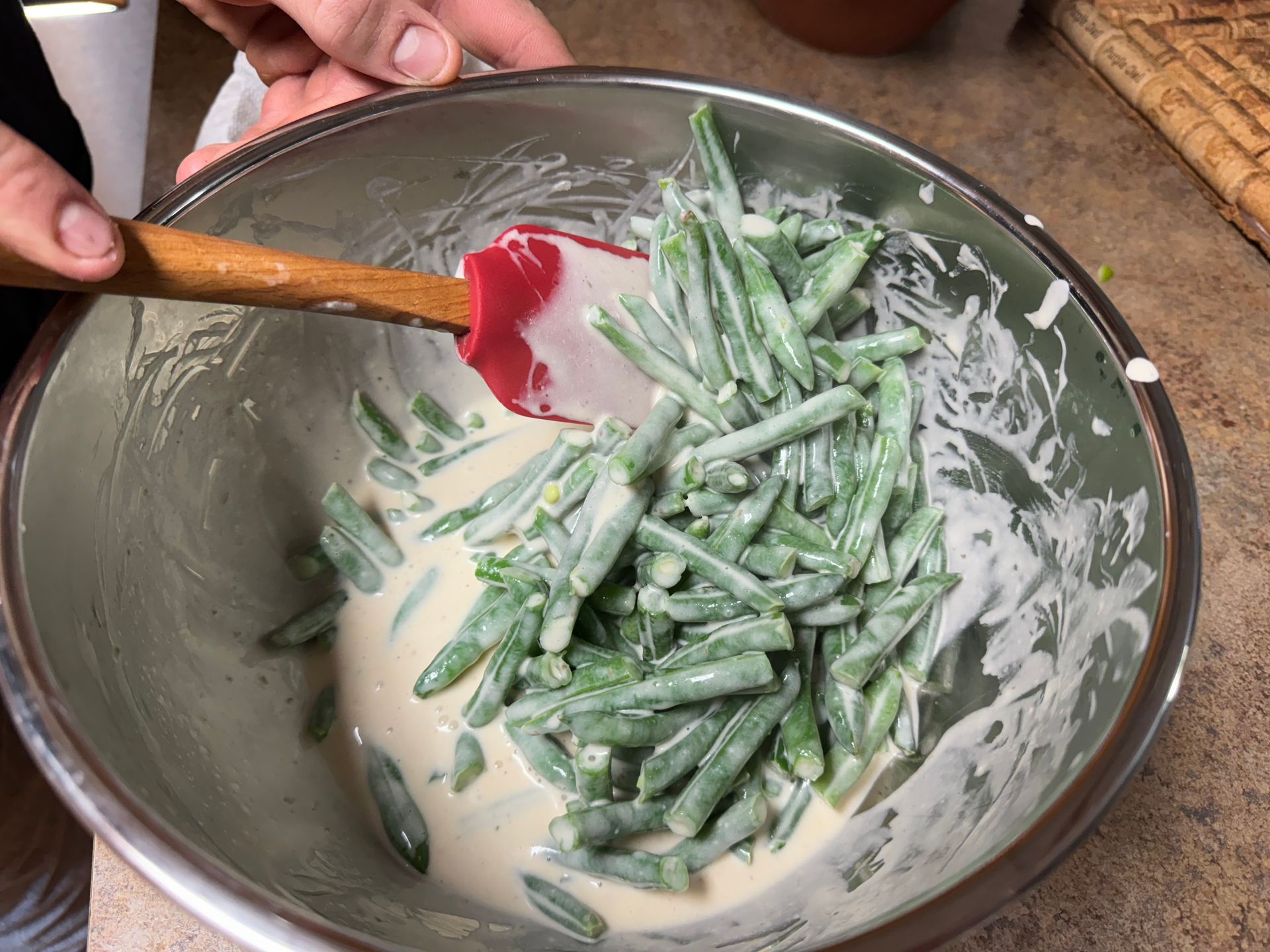
Step 2 Preparing the Mushroom Sauce
Melt the butter in a sauce pan, add the sliced shiitake and oyster mushrooms, lightly brown. Place the mushrooms into a small bowl & reserve.
Whisk the flour into the butter you cooked the mushrooms in to create a blonde roux.
Slowly add the cold chicken stock, whisking to a smooth sauce. Add the mushroom stems and dried cepes, simmer & reduce by half.
Add the cream, simmer for 3 minutes.
Season to taste, fold the mushrooms, blanched beans and mushroom sauce together, transfer to a casserole dish. Bake for 30 minutes at 300 °F.
Step 3 Crispy Fried Shallots
Place the sliced shallot rings into cold water, shake off the water and dredge into the AP flour. Shake the flour off and fry in hot olive oil until golden brown and crispy. Top the green bean casserole with fried shallots and enjoy.

